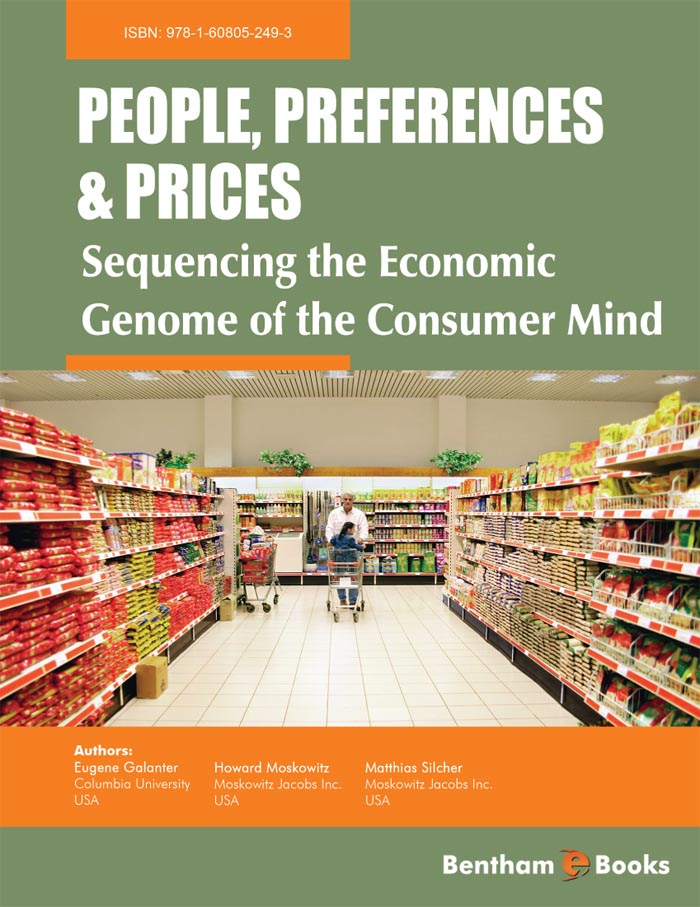Which of us has not at one or another time heard about the dismal science, economics? If we happen to be ignorant of classical economics taught by professors in universities we have the pundit in the newspapers, the short blurbs telling us of today’s latest economic conditions from a variety of email sources, and of course our friends. The bottom line here is that we all know about economics writ large, macroeconomics.
On the more personal level we also know a great deal about microeconomics, the economics of the consumer. We, all of us, are consumers and customers of one or another sort. We all buy, most of us use credit cards, some of us clip coupons, and in the main we are attuned to prices, to value, to the stuff of everyday life.
And so that is where this book begins. We have all been schooled in the formal economics of society, in the macro world of governments, inflation, occasional recession, interest rates, trade deficits, etc. The truth of the matter is that those places are not where we live. We, economic man (and woman) live in the daily world, the ordinary world, the world of prices, stuff, services, buying and selling. It is that mundane world of everyday life with which we deal here in this book.
There’s one more thing. We are experimenters, psychologists, behavioral scientists. The world we know best is the world of experiment, where the researcher gets to set the conditions, invite subjects (or in our case respondents) to participate, determine the relation between variables we control and responses, and in the end learn something about the mind of economic man. So when you read this book you will get this strong flavor of experimentation. The book deals with experiments. In fact, the book is, in reality, a series of experiments the way a psychologist would explore, even invent economics. We went our own way when developing the topics. We wanted to look at economic man as a psychologist would look at him, not as economist. We don’t propose ideal methods, models of what should be done. Rather, we invite the reader to share with us what does happen under controlled conditions. And in doing so, we invite the reader to learn about the mind of economic man today, as that mind copes with the ordinary, the stuff and activities of daily life.
But where’s the beef?
Our title says it:
People, Preferences & Prices: Sequencing the Economic Genome of the Consumer Mind
Our book explores a variety of topics that can be called psychological economics. It demonstrates to the reader how to do straightforward experiments, to understand how people think about the economic aspects of their daily lives.
We look at how people react to aspects of their daily lives, what drives them to react, what are the issues that are most important, and how do they make decisions.
We do so in light of educating the reader ‘how to do these experiments’, what the results look like, what they imply. And then we teach the reader how to apply these ideas for new studies. In a sense we are profoundly educating the reader into ‘how to do Psychological Economics’., not just giving the reader an interesting trip through data and observations.
Fundamentally, we wish to combine three distinct areas to create a world-class contribution to a new area, in a way that will remain au courant for a few decades:
-
The ‘very hot’ area of behavior economics, which up to now comprises books with short vignettes and descriptions of one-off experiments. These one-off experiments make a good reading, but they do not offer a science accessible to the reader.
-
Methods accessible to the reader, from start to finish, used by commercial researchers as well as policy researchers. These methods make the whole field of behavioral economics approachable by anyone.
-
Rather than presenting data from simple one-off experiments, we present databases that can be understood by the reader, and used as the foundation of the reader’s own work.
Eugene Galanter
Howard Moskowitz
Matthias Silcher





